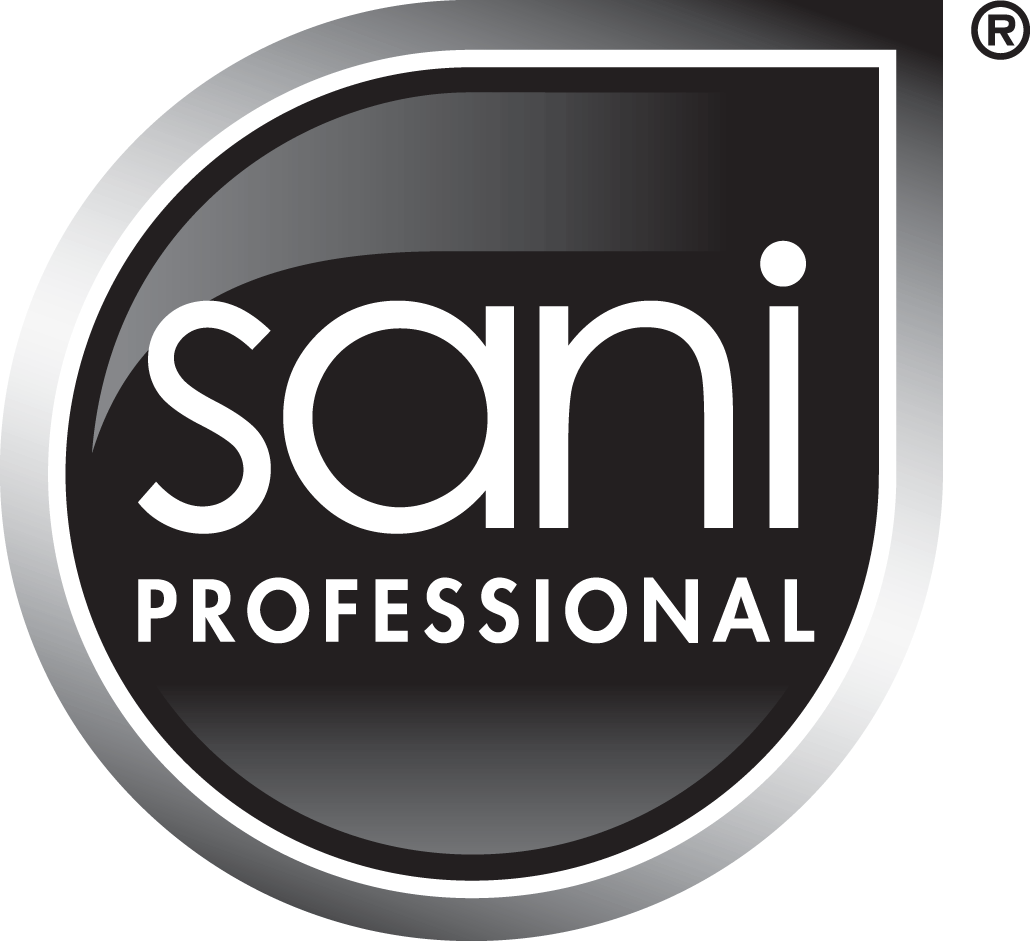Though it’s easy to want to go above and beyond when opening your own restaurant, effective financial management is a critical characteristic of successful long-term business owners. Fortunately, effective fiscal strategies can still allow you to run a high-quality restaurant on a budget. Reference the following action items below to save on labor and funding at your restaurant without reducing the quality of food delivery or operations.
Reduce the Amount of Energy You Use When Possible
Various energy-saving techniques can mean serious savings for your restaurant. Without removing bulbs or turning off the lights early, restaurant owners and managers can enact various energy-saving practices to save finances and promote sustainable operation.
Energy-reducing habits that can benefit your restaurant include:
- Turning off any lights not in use, especially when the restaurant closes
- Keeping refrigerator doors closed, even during busy hours
- Only running the dishwasher when necessary
- Investing in energy-saving appliances
- Perform regular utility maintenance
- Use low-flow spraying valves
Reducing energy around the kitchen helps all employees make sustainability a priority, even if the changes you make feel small at the moment. In the kitchen, saving money often looks a lot like saving energy.
Wash Smarter and Source Greener Dishware
Trading the use of single-use dishware for durable or recycled dishes in your restaurant is more than simply an eco-conscious move; it can also help you save quantifiable amounts of money. Unfortunately, the use of harsh detergents in commercial dishwashers means that even moving entirely away from disposable dishes doesn’t completely negate the environmental impact of restaurants. The striking a balance between strategic washing to cut down on chemical pollution and prioritizing the purchase of recycled dishware can help mitigate the footprint of both waste and runoff from your restaurant.
Trim Down Your Menu
Reducing the overall scope of the menu is oftentimes the last thing that a restaurant owner or manager wants to do. However, trimming down the overall menu allows restaurants to focus on preferred items, as well as kitchen specialties.
Restaurant owners benefit from studying customer preferences, identifying items that are ordered often, and tailoring their approach toward offering these menu items. Discarding less-popular menu items might initially lead to some distaste — particularly from consumers who preferred those items — but the move will ultimately represent an effective cost-saving strategy.
Even for items that ultimately remain on the menu, restaurant owners can take steps to assess whether or not allocated portions are correctly sized. If you notice that consumers rarely finish an entire meal, it might be a clear sign that portion sizes can be safely reduced.
Make Sure Your Staff Is Up to Date On Processes
Sometimes, taking a few minutes to educate staff on recent developments can yield huge dividends. Training restaurant employees is crucial to the long-term success of your restaurant, even if that training is as simple as a breakdown of daily operations, waste mitigation, basic bookkeeping, or sanitation practices for food contact surfaces.
Taking the time to directly address staff — especially when you’re updating them on a new process or standard of operation — also shows employees that you’re committed to their long-term success.
Keeping staff up-to-date on your restaurant’s procedures isn’t a one-time approach; rather, employee training should adopt an ongoing nature, where restaurant owners shouldn’t be afraid to ask questions and gauge feedback from employees regarding the efficiency of any new strategies or policies.
Take Inventory Daily
A great way to track food waste, as well as food that might not be accounted for, tracking daily inventory means taking the time to identify and analyze assets as they arrive in, and leave, your kitchen. Taking inventory means updating your understanding of how products move in the kitchen, where waste is discarded, and where individual items could be utilized more efficiently.
It’s important when tracking inventory to refrain from placing blame on a staff member who incorrectly uses a restaurant item. Unless instructions have been explicitly provided during the aforementioned staff updates, taking inventory is meant to help you take stock of all products, ingredients, kitchen utilities, and other assets, not to condemn their ineffective use. After you take steps to comprehend how your assets move in the kitchen, you can develop improved strategies for better daily inventory use.
Buy Used When Possible
Simple to understand and even simpler to accomplish, buying used appliances, restaurant decorations, equipment, and other items will help your restaurant save money without overly reducing quality. While buying new has its advantages, steep price cuts on many second-hand restaurant items can make buying used a central strategy when it comes to saving money at your eatery.
Invest In Quality Products
Products worth buying new for improved quality include:
- Utensils with the potential to rust or corrode;
- Safety products like masks, gloves, hair nets, fire extinguishers, AEDs, or overhead sprinklers;
- Customized signage and nametags;
- Knives;
- Appliances that must remain on or active for long periods.
Cleaning supplies are also worth buying new and are important to keep handy during regular restaurant operating hours. Effective restaurant cleaning supplies can help owners save both money and time, especially when you select quality cleaning and food safety providers.

